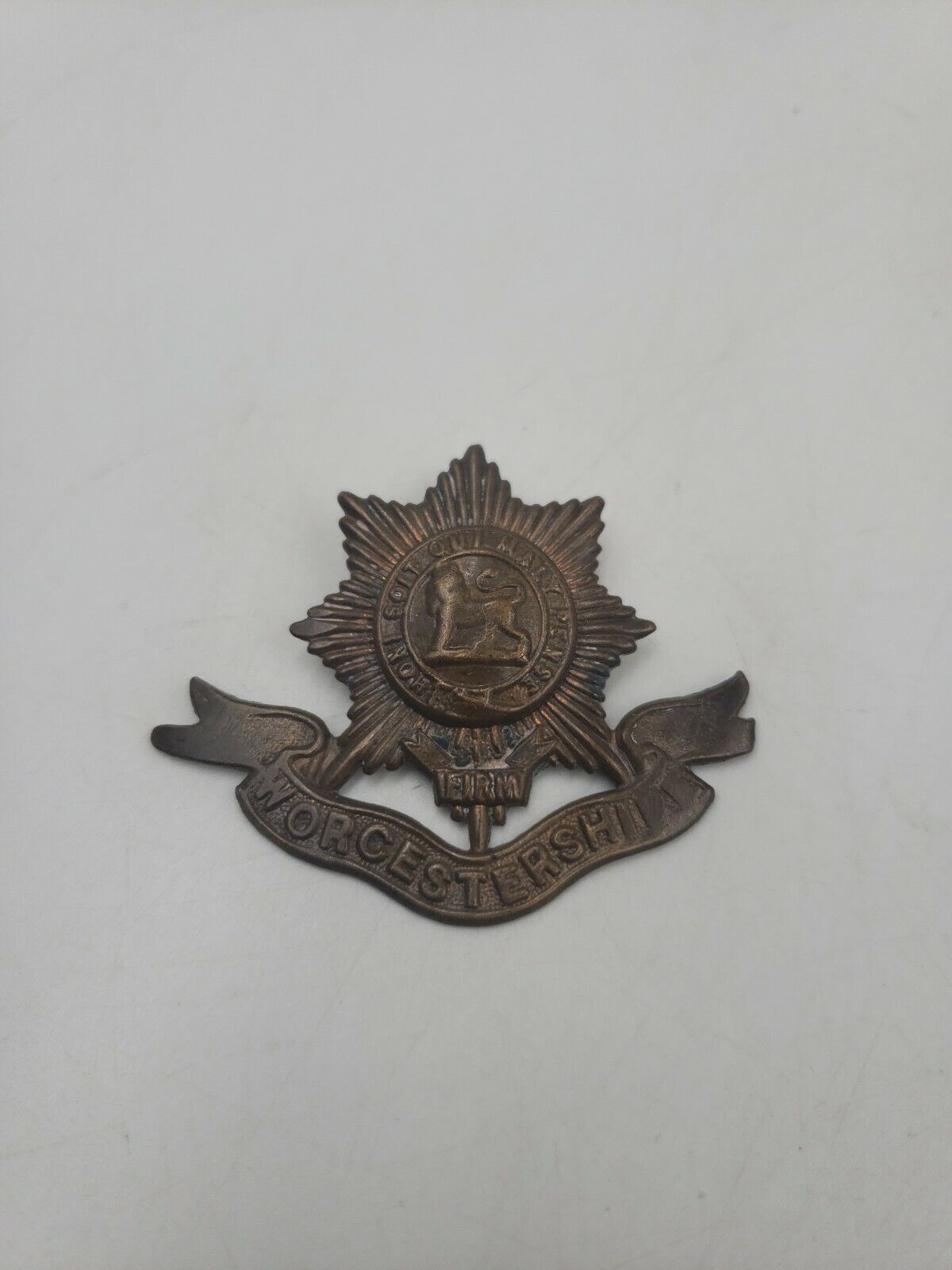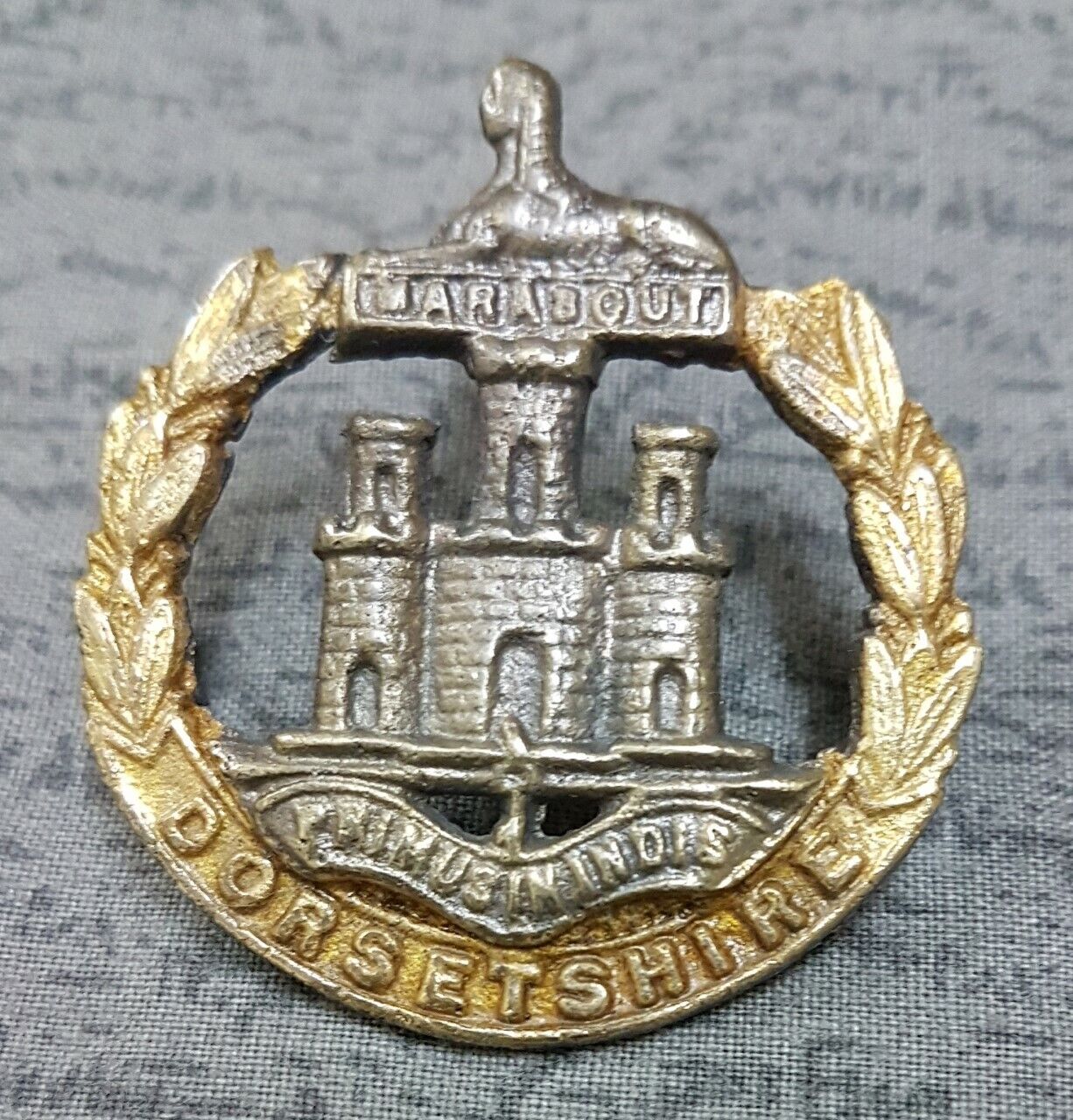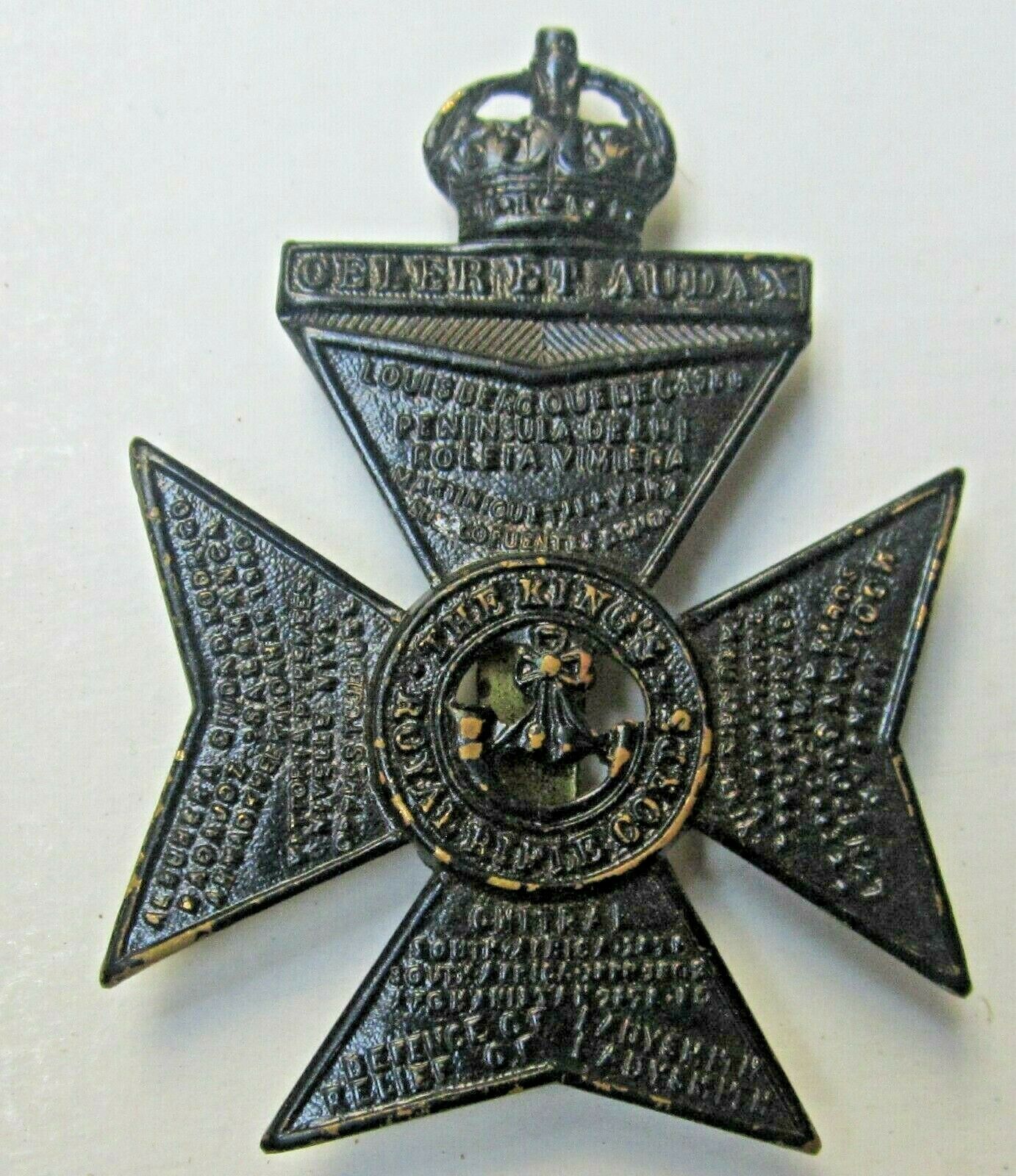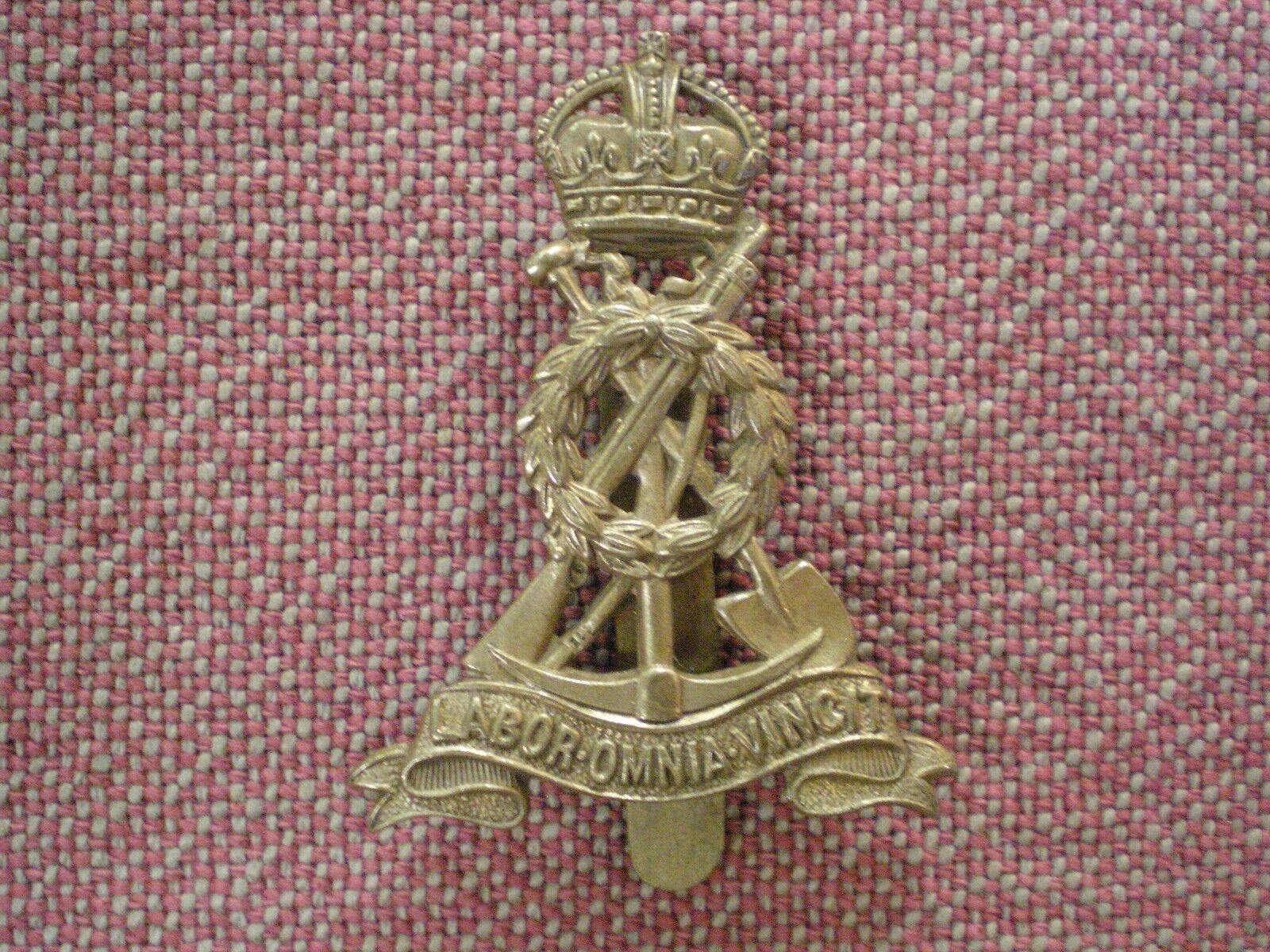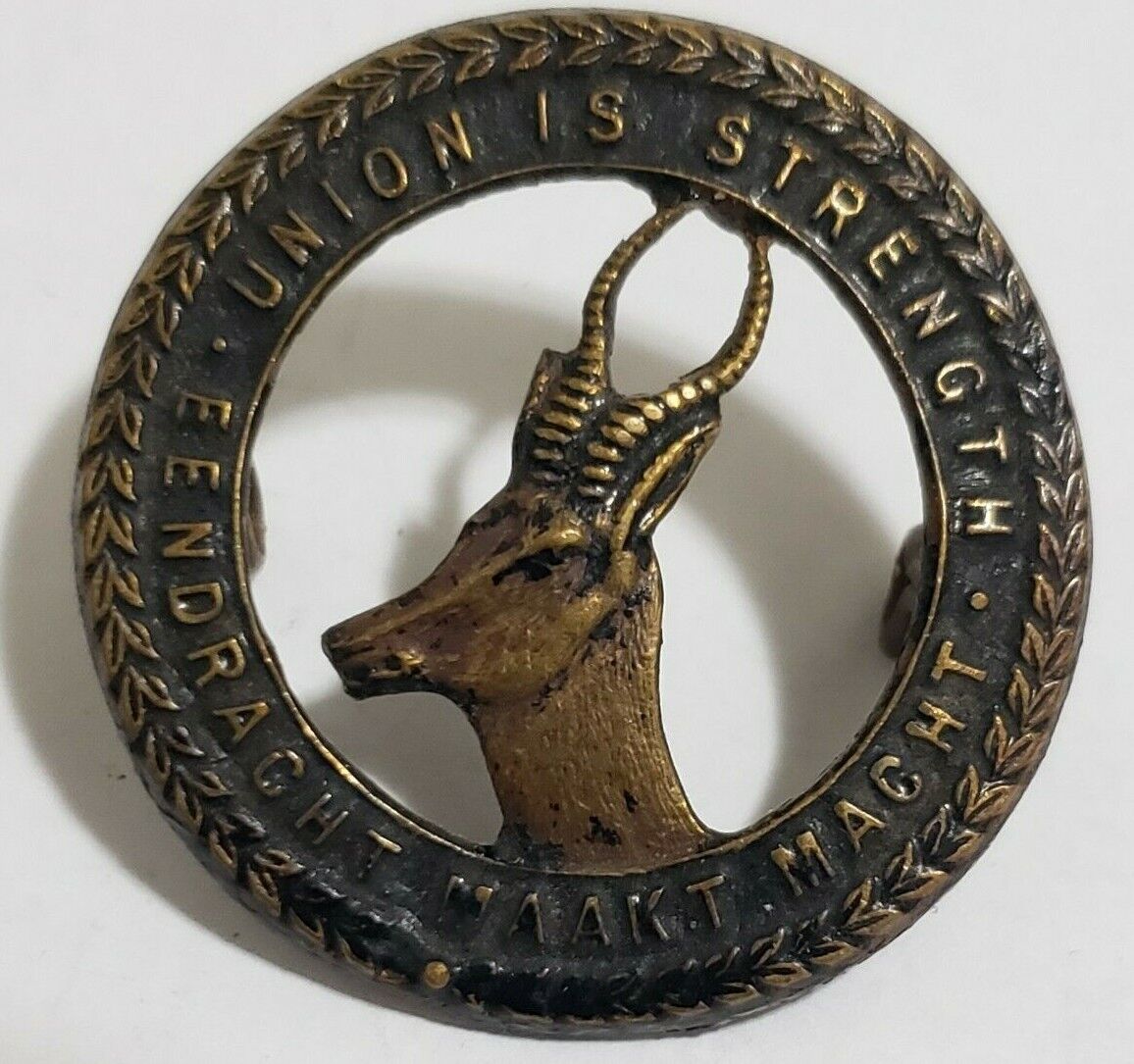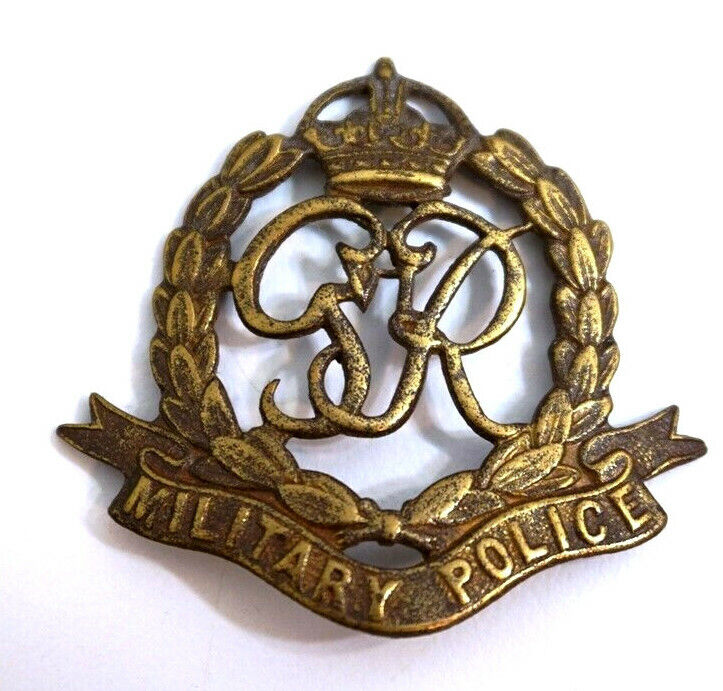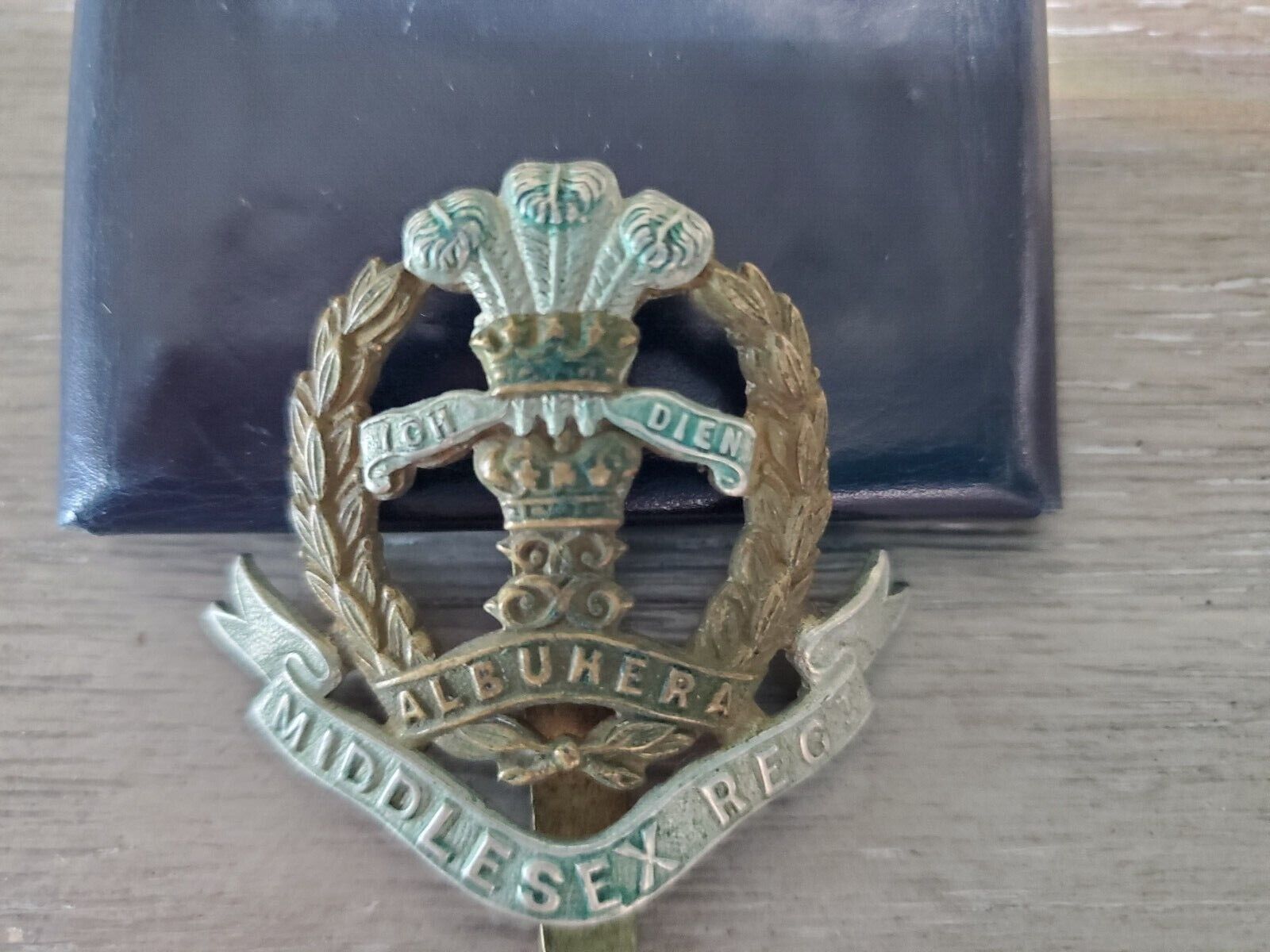-40%
The XII 12th (Prince of Wales's) ROYAL LANCERS Bimetal King's Crown Cap Badge
$ 18.47
- Description
- Size Guide
Description
History of the XII Lancers....The 12th (Prince of Wales's) Royal Lancers was a cavalry regiment of the British Army first formed in 1715. It saw service for three centuries, including the First World War and the Second World War. The regiment survived the immediate post-war reduction in forces, but was slated for reduction in the 1957 Defence White Paper, and was amalgamated with the 9th Queen's Royal Lancers to form the 9th/12th Royal Lancers (Prince of Wales's) in 1960.
History
Lieutenant-Colonel John Doyle who commanded the regiment in a successful action in the Egyptian desert during the French Revolutionary Wars
Early wars
The regiment of dragoons was raised in Reading by Brigadier-General Phineas Bowles as the Phineas Bowles's Regiment of Dragoons in July 1715 as part of the response to the Jacobite rebellion. It was employed escorting prisoners to London later in the year.
In 1718, the regiment was placed on the Irish establishment and posted to Ireland, where it remained for 75 years.
In 1751, the regiment was officially styled the 12th Dragoons. In 1768, King George III bestowed the badge of the three ostrich feathers and the motto "Ich Dien" on the regiment and re-titled it as The 12th (Prince of Wales's) Regiment of (Light) Dragoons.
A young Arthur Wellesley joined the regiment as a subaltern in 1789. The regiment took part in the Siege of Bastia in April 1794, which took place in Corsica, during the French Revolutionary Wars. Pope Pius VI was impressed by the conduct of the regiment and ordered that medals be awarded to its officers.
The regiment landed at Alexandria in March 1801 and, although its commanding officer, Lieutenant-Colonel Mervyn Archdall, was seriously injured in skirmishes, it saw action at the Battle of Alexandria later in the month. The regiment, under a new commanding officer, Lieutenant-Colonel John Doyle, captured 28 officers and 570 other ranks of the French Dromedary Regiment (French: Régiment de Dromadaires) in an action in the Egyptian desert in May 1801. It took part in the Siege of Cairo securing the city in June 1801 and then participated in the Siege of Alexandria taking that city in September 1801. The regiment next deployed for the disastrous Walcheren Campaign in autumn 1809.
In June 1811 the regiment embarked for Lisbon and, under the command of Colonel Frederick Ponsonby, took part in the Siege of Ciudad Rodrigo in January 1812, the Siege of Badajoz in March 1812 and the Battle of Villagarcia in April 1812 during the Peninsular War. It also undertook two charges at the Battle of Salamanca in July 1812 before taking part in the Siege of Burgos in September 1812, the Battle of Vitoria in June 1813 and the Siege of San Sebastián in autumn 1813. The regiment next advanced into France and supported the infantry at the Battle of Nivelle in November 1813. The regiment marched through France and arrived in Calais in July 1814 from where it returned to England.
During the Waterloo Campaign, the regiment was attached to Sir John Vandeleur's light cavalry brigade. At the Battle of Waterloo in June 1815, the regiment charged down the slope to support the Union Brigade of medium cavalry. Ponsonby was seriously wounded in the melee but survived.
In 1816, the 12th Light Dragoons was armed with lances after the cavalry of Napoleon's Army had shown their effectiveness at Waterloo and were re-titled 12th (The Prince of Wales's) Regiment of (Light) Dragoons (Lancers).[1] In 1855, it reinforced the Light Cavalry Brigade in the Crimea after the Charge of the Light Brigade at the Battle of Balaclava. In 1861, the regiment was renamed 12th (The Prince of Wales's) Royal Regiment of Lancers.
The regiment was stationed in India between 1857 and 1860 in response to the Indian Rebellion and in Ireland from 1865 to 1870, before fighting in the Second Anglo-Afghan War in the late 1870s. It was deployed to South Africa for service in the Second Boer War in October 1899, and took part in the Relief of Kimberley and the ensuing Battle of Paardeberg in February 1900.
The commanding officer of the regiment, the 11th Earl of Airlie, was killed at the Battle of Diamond Hill in June 1900.
Following the end of the war in 1902 they went to India. Almost 530 officers and men left Cape Town on the SS Lake Manitoba in September 1902, arriving at Bombay the following month and was then stationed at Ambala in Punjab.
First World War
The regiment, which had been based in Norwich at the start of the war, landed in France as part of the 5th Cavalry Brigade in the 2nd Cavalry Division in August 1914 for service on the Western Front.
On 28 August 1914, 'C' Squadron of the 12th Lancers, led by Lieutenant-Colonel Frank Wormald, made a successful charge against a dismounted squadron of Prussian Dragoons at Moÿ-de-l'Aisne during the Great Retreat. The 9th/12th Royal Lancers celebrated Mons/Moy Day annually, which commemorated the last occasions on which each predecessor regiment charged with lances.
Inter-war era
In 1921 the regiment was re-titled the 12th Royal Lancers (Prince of Wales's).
In 1928, it gave up its horses and was equipped with armoured cars, taking over vehicles left in Egypt by two Royal Tank Corps armoured car units, the 3rd and 5th Companies.] Late in 1934, the 12th exchanged equipment and station with the 11th Hussars, taking over 34 Lanchester 6x4 armoured cars at Tidworth. Its strength would have been 12 officers and 141 other ranks, organised in a company headquarters and three sections, each with five cars. Total numbers were sixteen cars, six motorcycles, a staff car, four 3 long tons (3 t) and seven 3,360 lb (1,520 kg) (30 cwt) lorries.
In January–February 1935 a provisional D squadron of the 12th Lancers with eight armoured cars served as a peacekeeping force in the Saar region. On 31 December B and C squadrons were sent again to Egypt with 29 armoured cars as a response to the Italian invasion of Abyssinia and strengthening garrisons in Libya. By the end of 1936 the squadrons were returned to Britain, where the regiment was re-equipped with Morris Light Reconnaissance Cars.
Second World War
Morris CS9 armoured cars of 'C' Squadron, 12th Royal Lancers, 29 September 1939 during the Second World War
The 12th Lancers served as an armoured car regiment equipped with the Morris CS9, during the 1940 campaign in France and Flanders, playing a key part in shielding the retreat to Dunkirk. After evacuation (without their vehicles) from Malo-les-Bains on dredgers, they were first equipped with Beaverettes, then, in June 1941, with Humbers.
The Lancers landed in Port Tewfik, Egypt, in November 1941. Subsequently, the regiment fought as divisional troops for the 1st Armoured Division at the Second Battle of El Alamein in October 1942 and then served as a corps-level reconnaissance unit in the Italian Campaign.
I have many badges (Approx 30) soon to be listed so please DO check my "Seller's other listings"
If you buy more than one badge ?
We will happily COMBINE these....... so that you pay only a single postage charge
All badges are unconditionally guaranteed 100% GENUINE for life, that guarantee INCLUDES their cost of postage BOTH ways
The "for life" part ? means that you cannot ask for a refund after you have died :-)
Do please VIEW my ***22 + years *** FEEDBACK selling history on E-Bay !!
Any questions please message me well before my listing's end-time
Postage
First Class Air Mail (6-10 DAYS)
New Zealand residents SORRY but you pay GST @15% on purchase price
BECAUSE we must PAY GST on all locally-delivered eBay sales :-(
Track Page Views With
Auctiva's FREE Counter
Add a map to your own listings. FREE Trial !



